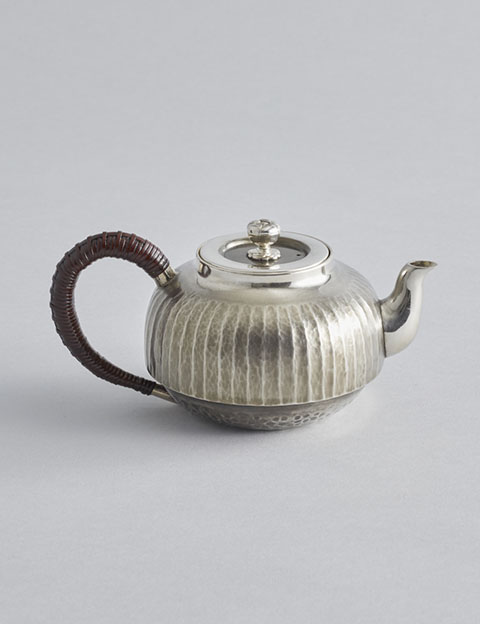TOKYO Ginki (Silversmithing)

The Tokyo silversmithing craft began in the 18th century with the emergence of workers skilled in the art of producing items from precious metals, including combs, hairpins and decorative fittings for portable shrines.
The gold and silver mints of Edo contributed significantly to improving the skills of these artisans. Moreover, because Edo was the center of politics, finance and culture, feudal lords were required to stay there for long periods and, the Tokyo silversmithing craft developed with their patronage.
Tokyo silversmithing is characterized by its high quality, beauty and durability. In addition, because silver is non-toxic, it can be used for a wide variety of everyday household items, including containers, ornaments, tea caddies, sake flasks and flower vases. Both wrought and chased items are produced today, mostly with traditional patterns.
Feature
Tokyo silversmithing captures the true essence of metalworking, producing long-lasting, elegant products with both hammered and engraved patterns and designs. Products made of silver are completely safe and are therefore suitable for everyday household items, including utensils, ornaments, knick-knacks and personal accessories.
How to make
First, a pure silver bar is hammered into the desired shape and decorative patterns are applied. Hammered patterns include rounded-hammer patterns, rush-mat patterns and rock-like textures. A chisel can also be used to carve and engrave decorations into the silver.

